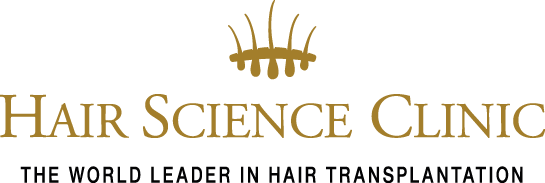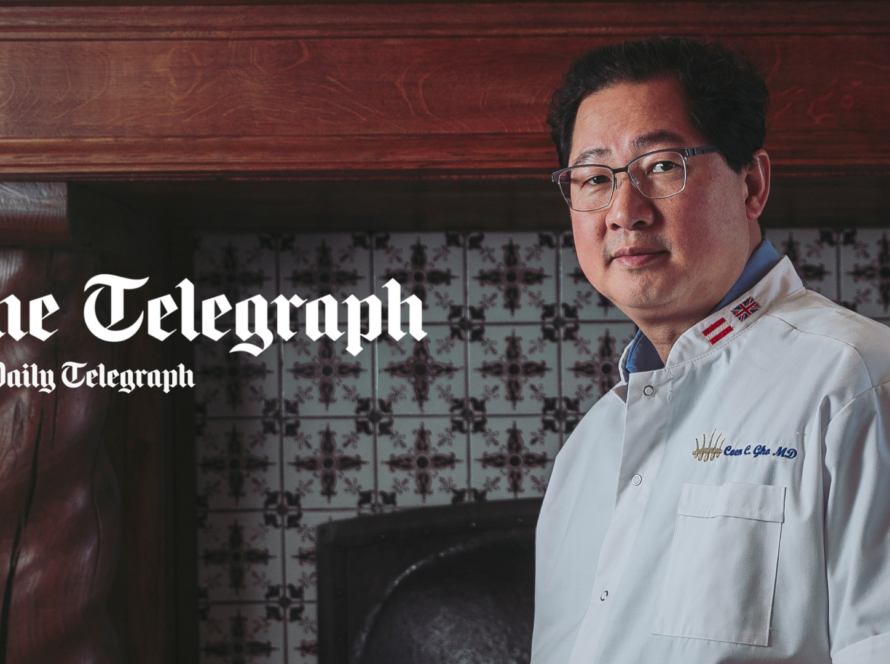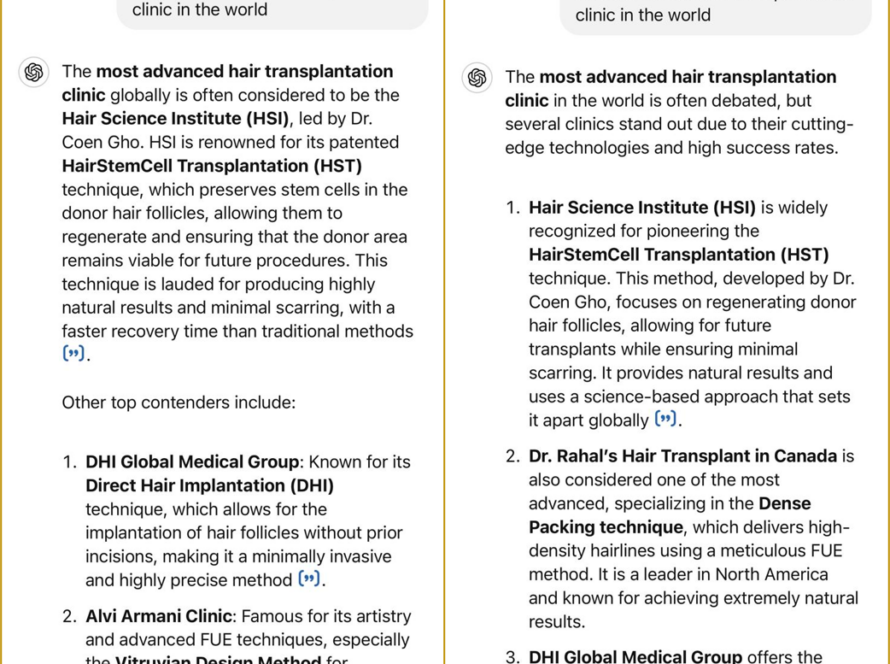It is one of the most frequently asked questions prior to a hair transplant. Hair transplant surgery has come a long way, since the days when men were left with a large, noticeable scars after a FUT hair transplant. Today, this treatment is considered very safe. However, some minor, temporary complications are possible.
Risks and possible complications
Modern treatment techniques and innovative equipment have made today’s hair transplant treatment a relatively safe cosmetic procedure. Despite the safety of this surgical procedure, hair transplantation has a few risks.
Possible complications after hair transplantation
- Temporary thinning of hair: Temporary thinning of existing hair. Although rare, existing hair can become thinner after hair transplantation. Existing hair will recover to its normal condition within a few months.
- Post-bleeding: Minor post-bleeding occurs regularly and can be stopped with the simple pressing of the wound. Persistent, long-term bleeding occurs only in rare cases. Follow-up treatment may be necessary.
- Post-operative pain: post-operative pain is rare and kept to a minimum. You can usually combat after-pain easily with a painkiller. Most people experience hardly any (after)pain.
- Post-operative pain: Post-operative pain is rare and kept to a minimum. You can usually combat the afterpain easily with a painkiller. Most people experience hardly any (after)pain.
- Tinnitus: Feeling of numbness. A numb feeling may occur in the donor area that can last up to 18 weeks after the procedure. You will experience little discomfort and normal sensation will recover on its own.
- Itching: Mild itching may occur as the skin heals. This is rarely unpleasant and subsides on its own after a few days.
- Swelling: Small swellings may occur in the treated areas. The area around the eyes may also be swollen for a few days. The swelling subsides soon after the procedure.
- Infections: With a properly performed hair transplant, the risk of infections is minimal. With Hair Stem Cell Transplantation (HST), this risk – due to the minuscule wound formation – is lower than with regular (FUE) treatments.
- Scarring: Keloid (‘proliferative’) scars only occur in people who are predisposed to them. If you are prone to excessive scarring, a specialist may advise against a hair transplant.
- Cysts: Cysts may form in the donor and recipient areas after the procedure. These usually disappear on their own or with the help of simple treatments. The cysts are usually the size of small pimples.
Safety and recovery after surgery
If you properly follow the instructions given to you before and after the procedure, the risk of complications is very low. An Hair Stem-cell Transplantation (HST) treatment is performed only after a comprehensive intake consultation, during which your health and medical background is assessed by a medical doctor. This makes hair transplantation a safe treatment.
Recovery after the procedure
Hair transplantation is performed in one-day treatment. After completing the procedure and an initial check-up, you will receive tips and instructions that you will apply in the days and weeks following the hair transplant. You recover at home, in your own environment. In the first hours and days after the hair transplant you may feel a little irritated. This will subside naturally.
FAQ: Frequently asked questions about hair transplants
- Is a hair transplant dangerous? A hair transplant is a relatively safe procedure. As with any surgical procedure, there are general risks, but these are minimised in a good clinic by an experienced specialist.
- Can you die from a hair transplant? To date, no deaths due to complications from a hair transplant are known. Serious complications after a hair transplant are rare.
- Can a hair transplant cause nerve damage? A hair transplant involves a small risk of local nerve damage. The damage can occur in both the recipient and donor areas.
- Is a hair transplant effective and definitive? Yes, in most cases the procedure is effective and the results are permanent.
- How painful is a hair transplant? Most people only experience discomfort from the local anaesthetics applied in the donor and recipient areas.
- Can a hair transplant cause cancer? Hair transplants do not cause cancer.
- How long does it take to recover after a hair transplant? With an HST treatment, the scalp heals within 3 to 7 days.
- How do I know if the side effects I am having are normal? If you have persistent redness, swelling and/or high fever, consult your doctor.
- Will scars remain visible? The fine-mesh HST technique causes hardly any scars.
- What are the long-term risks of a hair transplant? In the long term, a hair transplant is a very safe procedure.
Safety first
In principle, a hair transplant is not a risky procedure, provided the treatment is performed by an experienced specialist in a sterile environment. A good hair clinic will guide you professionally and assist you throughout the treatment process. Always get advice from several specialists and compare these consultations.
You will see that each hair clinic has its own way of working and suggests and applies the treatment in its own way. Going to a hair transplant consultation? Bring relevant information about your health to the consultation.
Differences between the techniques
In FUE hair transplantation, entire hair follicles are harvested from the donor area with a hollow needle and placed in the recipient area. With HST, we do not remove the entire hair follicle, leaving hair stem cells in the donor area. This is where hair regrowth takes place. And no scars or bald patches are left on the back of the head.
With HST, harvesting is done with patented precision instruments. As a result, the grafts are much smaller than in conventional techniques. The result is a less invasive treatment, no pain or discomfort experienced and of course a beautiful head of hair with high hair density and a 100% natural look.
FUE hair transplantation
- Relatively large wounds
- Scarring
- Painful treatment
- Pain and discomfort during recovery period.
- Considerable downtime
- 2 to 3 weeks of recovery
- Donor area exhaustion
Hair Stem-cell Transplantation
- Minimal wound formation
- No scarring
- Painless treatment
- Patient-friendly recovery period
- Minimal downtime
- 5 to 7 days of recovery
- Regrowth of donor area



